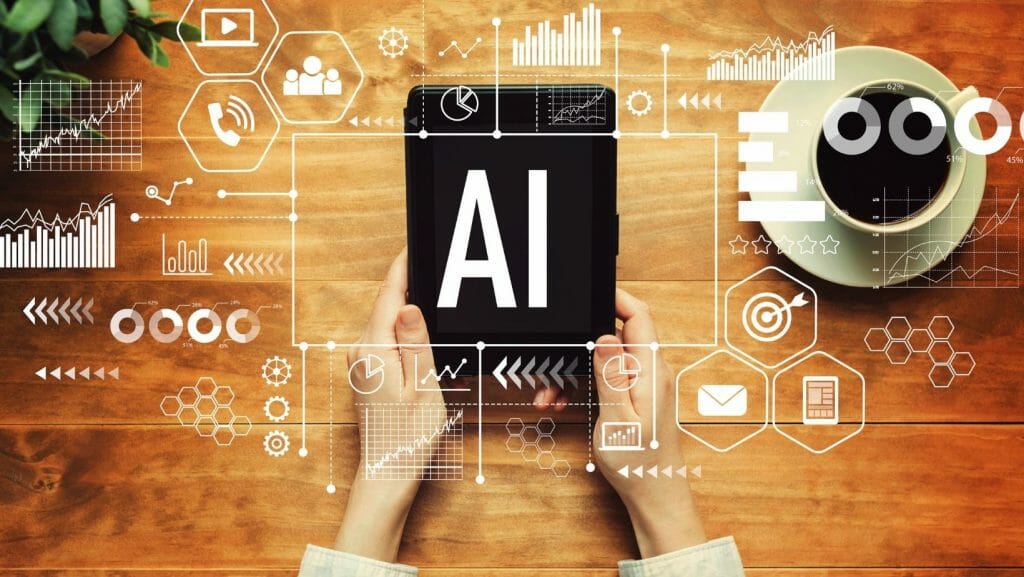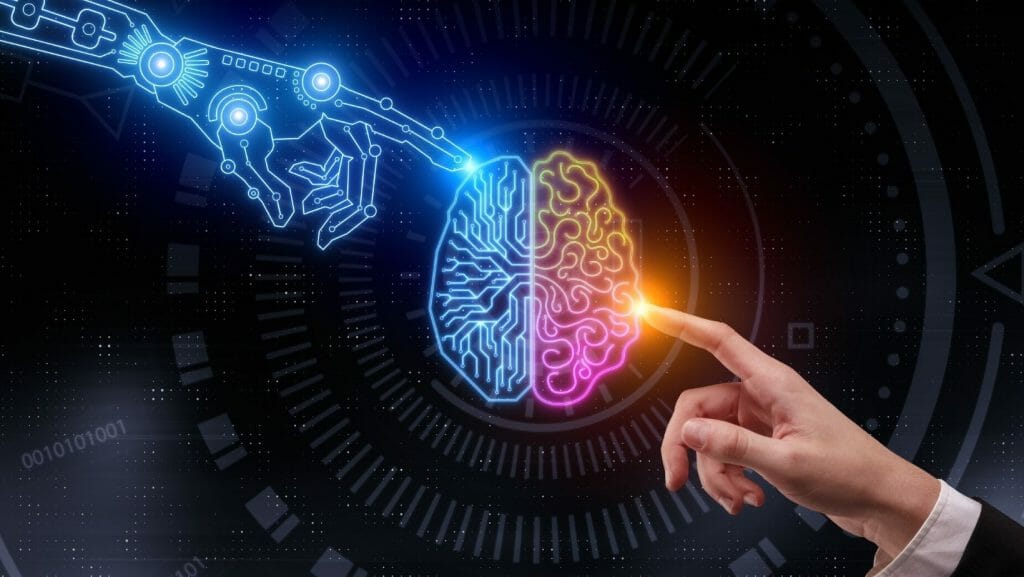Artificial Intelligence (AI) correlates directly with Data Science, data science that aims to extract value for businesses from vast amounts of information.
This value can be, for example, enhanced predictive capabilities, knowledge of patterns, and informed decision-making. In a narrower sense, AI is about algorithms and methodologies for processing information. Artificial intelligence operates with huge arrays, analyzes incoming data, and develops adaptive solutions based on it.
Artificial Intelligence is used in various fields, from art to online casinos, where new opportunities are opening up for everyone. So, if we take the gambling sphere as an example, there are more and more new products made according to the latest trends in game libraries, take PlayAmo.com/games/slots, for example.
In this article, we will look at how modern digital technologies are used, what a “smart” algorithm can do, what results it produces, what information it requires and why the use of AI gives companies an advantage over their competitors.
Applications
Artificial intelligence can quickly take a business to a whole new level; this is one of its key functions and tasks. Here are a few problems that can be solved with machine learning algorithms:
- Responsiveness. In some areas of business, the fundamental condition for success is to quickly analyze incoming data and react to it instantly – for example, in stock exchange operations. Unlike conventional algorithms, which are not capable of adapting to new conditions and data on their own without prior training, artificial intelligence provides this capability.
- Develop a marketing strategy based on the data provided and the goals laid down. Artificial intelligence helps in the work of the marketer: it not only analyzes the experience of previous sales but also uses forecasting to “predict” future ones, as well as takes into account the behavior of competitors and the overall market situation.
- The human factor. Even the most professional and experienced employee can have a bad day and bad decisions. Artificial intelligence does not, it has functions instead of emotions, and technology and information replace the fickle mood.
- Fighting Fraud. Self-learning neural networks help analyze user behavior and identify suspicious transactions and create algorithms to prevent financial theft. Result: The system becomes more secure, meaning the customer has a higher level of trust.
- Increased profits. The use of machine learning in the pricing system alone can provide a 5% increase in revenue, and with an integrated approach, a company’s revenue can grow several times over.

Fields of Artificial Intelligence Application
- Banking (risk management, forecasting, chat-bots in mobile banking applications).
- Information security (anti-fraud technologies, analysis of old threats and prevention of new ones, information for creating a common database).
- Industry (production process control, optimization, equipment diagnostics, breakage information, preventive measures, automation).
- Trade (analysis of customer activity and efficiency of marketing strategies, purchasing management, development of personalized loyalty programs, in-depth analytics).
- Medicine (record keeping, diagnostics).
This is just a small part of AI capabilities. Of course, solving all of the above tasks is also available to humans – but will require much more time and resources. The development of a self-learning system at the first stage also requires investment, but in the long term, its help in processing large amounts of data is invaluable.
Certain segments of business have been transformed by the advent of artificial intelligence, for example:
- Chatbots. Machine learning algorithms are replacing call centers and helping to accomplish such tasks as providing customer assistance and information around the clock, holidays, and weekends. “Smart” software learns from its own mistakes and, over time, outperforms a live operator in terms of competence. The result: a significant increase in customer loyalty, creating a positive image of the company.
- Data management. AI collects, systematizes, analyzes, and stores the company’s information makes forecasts, and/or monitors the condition of equipment on its basis.
- Automation. A self-learning algorithm takes over regular routine tasks and frees up human resources for more creative tasks. For example, the program can fully automate the booking of hotels and conference rooms, sending out invitations for meetings, buying air tickets, and making itineraries. In this way, the entire administrative area can be handed over to artificial intelligence. Automation has existed before, but its scope was limited.
- Forecasting. Unlike artificial intelligence, humans cannot be completely unbiased and objective. In addition, for a reliable prediction, you need to process a significant amount of data, and the computer perfectly copes with this.
Artificial Intelligence and Business Processes
With AI, businesses have almost limitless access to new opportunities to expand operations and increase profits. Even a single algorithm can dramatically improve performance, and an integrated approach gives good results all the more so.
What AI takes care of:
- Routine administrative tasks, which we’ve discussed above.
- Increasing the productivity of specialists by optimizing work processes.
- Technical and information support of clients.
- Reducing the role of the human factor in decision-making.
- Improvement of communications inside companies, including overcoming the language barrier.
- Control over financial operations, detection of suspicious user activity.
- Control over information security, data privacy compliance.
- Development of marketing strategies.
- Forecasting for both the near and more distant future.

Implementation of Artificial Intelligence
The work with AI takes place in several stages. The first and basic step is for the entrepreneur to gather as much information as possible about sales in recent years – such an array of data is called a DataSet. Fortunately, with the introduction of online cash registers, this information is saved automatically, and the system synchronizes with them literally in a few clicks, without manual input. Sometimes you can get by simply systematizing the information you already have, although, of course, in some cases, you have to spend more time and effort.
The development of a self-learning algorithm will require money and time, but the degree of the expense will be influenced by the field of business. For example, retail chains can take advantage of off-the-shelf solutions rather than creating a recommendation algorithm from scratch. One of the functions of such systems is to increase revenue. On average, AI pays for itself after just three months of use and then begins to generate net profits through significant cost optimization and increased sales.
The key steps to implementing AI are:
1. Collection and digitalization of information for analysis, its input into the data processing program.
2. Creation of an algorithm from scratch or refinement based on a framework.
3. Learning and self-training of the algorithm.
4. Creation of a new complex marketing strategy of the company and all business processes taking into account the capabilities of AI.
Instead of Last Words
The use of artificial intelligence is gradually becoming a necessity in all sectors of business. The only question is who will implement modern technologies among the first to get fast results, and who will catch up at the very end, just to stay in the market at least. According to McKinsey’s research, Data Science has a significant impact on marketing and sales, and market analysts strongly recommend introducing artificial intelligence today.


